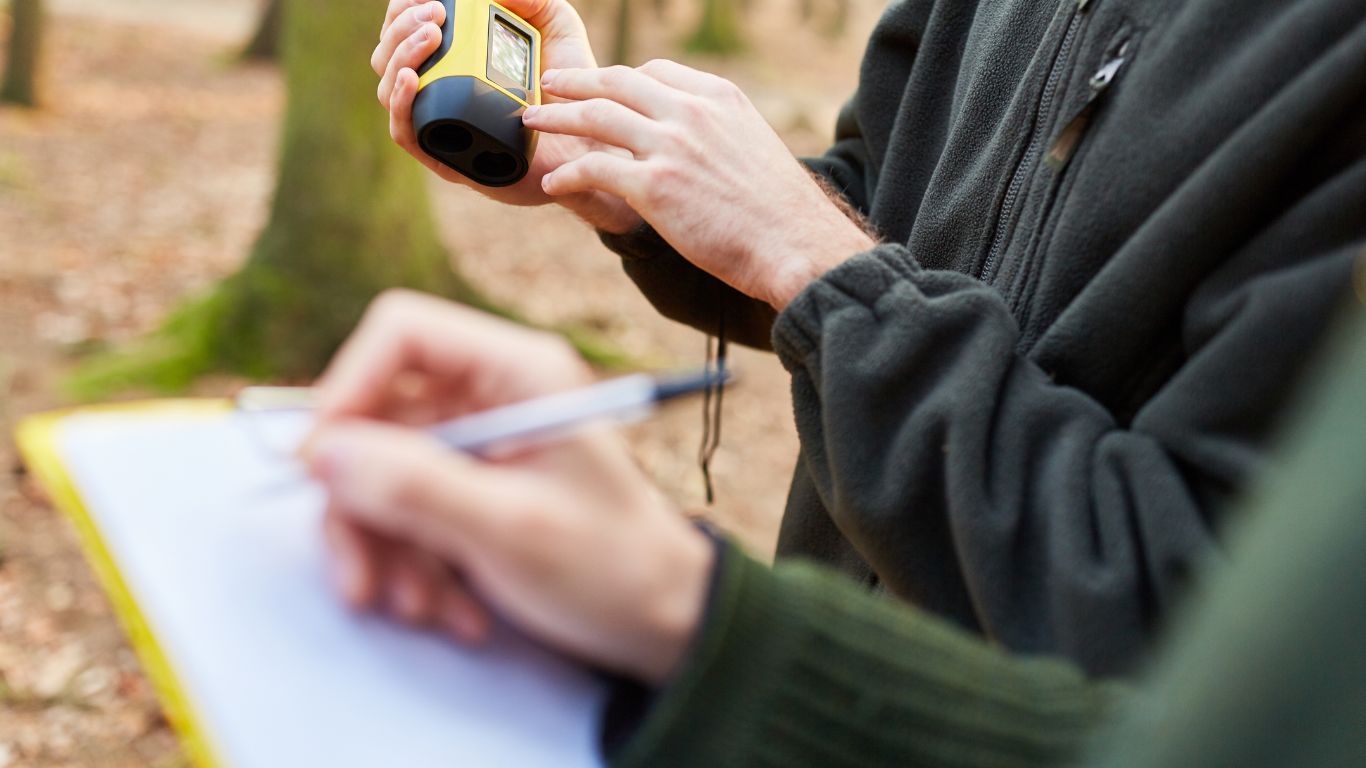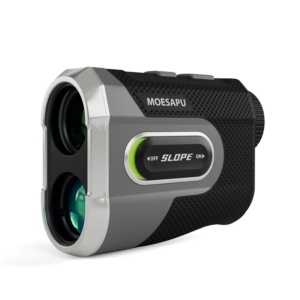Product Categories
Application Scenario


FAQs
Accuracy You Can Trust, Distance You Can See.
How does a laser rangefinder work?
It emits a laser beam toward a target, measures the time it takes for the light to reflect back, and calculates distance using the speed of light (Time-of-Flight principle).
What is the typical measuring range of a laser rangefinder?
Consumer models measure 5m–1000m+, while professional models (e.g., surveying) can reach 2km–5km+. Range depends on target reflectivity and weather conditions.
Are laser rangefinders safe for eyes?
Most consumer models (Class 1 or Class 2 lasers) are eye-safe. Industrial/military-grade rangefinders (Class 3R/3B) require caution. Always check the laser class.
What’s the difference between golf, hunting, and surveying rangefinders?
Golf: Short-range (~500m), slope compensation (in some models).
Hunting: Long-range (~1000m+), angle compensation, rugged design.
Surveying: High precision (±1mm), long-range, data logging.
Can weather affect laser rangefinder accuracy?
Heavy rain, fog, or dust can scatter the laser beam, reducing range and accuracy. Bright sunlight may also interfere with target visibility.
Do laser rangefinders work on all surfaces?
Best on reflective/hard surfaces (metal, glass). Dark, matte, or absorbent surfaces (e.g., black fabric) may reduce range or fail to return a signal.




